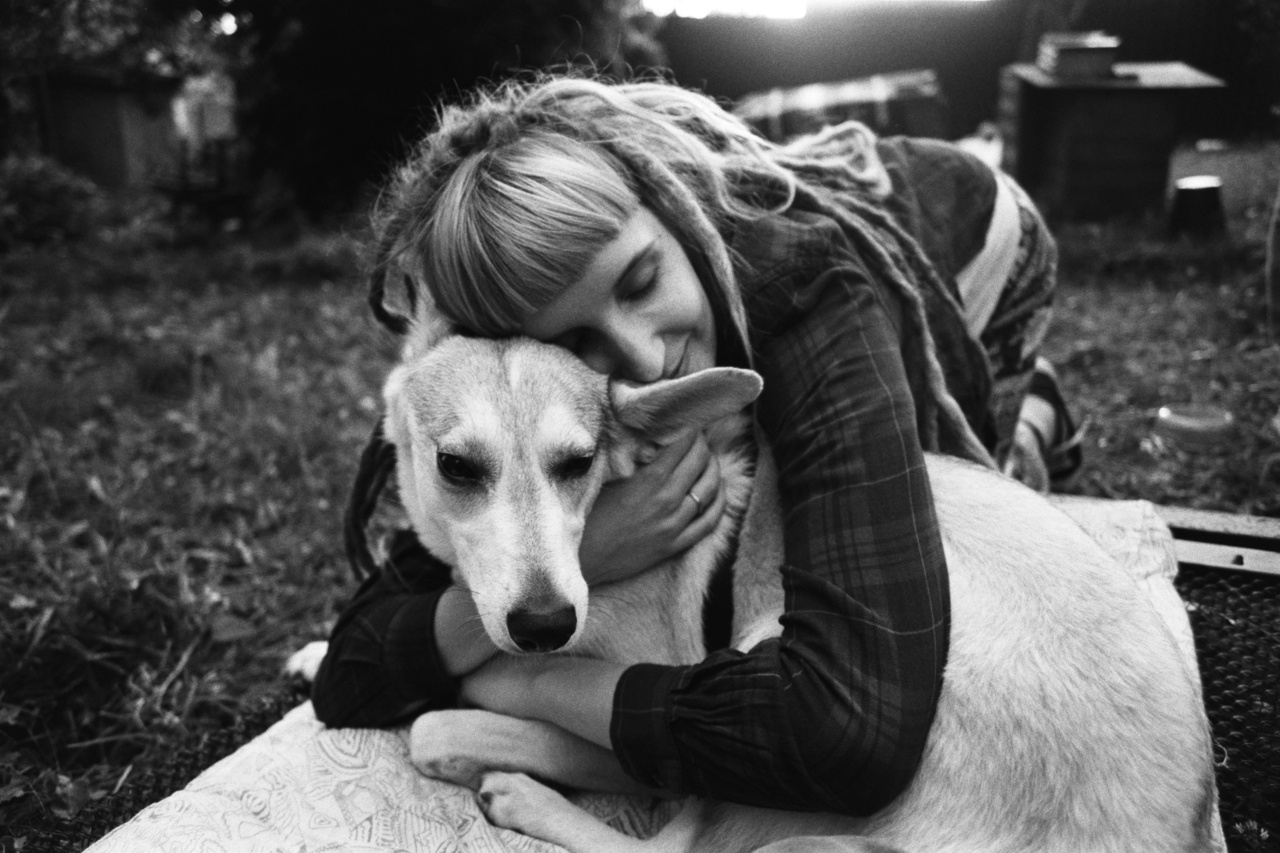Have you ever wondered why your dog humps? Most people assume that humping is a sexual behavior, but in reality, it can be a sign of a variety of things.
In this article, we will discuss the biology of dog humping and the reasons why they may engage in this behavior.
What is humping?
Humping is the act of thrusting the pelvis forward in a repeated motion. Dogs are known to hump different things, such as toys, furniture, or even other dogs or humans.
This behavior can be embarrassing for pet owners and uncomfortable for people who are around a humping dog.
Is humping a sexual behavior?
Although many people think that humping is a sexual behavior, it is not always the case. Dogs may hump for a variety of reasons, such as playfulness, excitement, or anxiety.
However, humping can be associated with sexual behavior in some cases, especially when a male dog is trying to mate with a female dog.
Why do dogs hump?
There are various reasons why dogs hump. Here are some of the most common reasons:.
Playfulness
Young puppies are known to hump one another during playtime. This behavior is not sexual, but more of a playful wrestling. It is a way for puppies to communicate and establish social relationships with one another.
Playful humping is not a reason to be concerned unless it becomes excessive or the other puppy seems uncomfortable.
Excitement
Dogs may hump out of excitement, especially when they are greeting their owners or meeting new people or dogs. Some dogs may also hump when they are happy, such as when they receive a treat or their favorite toy.
Attention-seeking behavior
Dogs may hump to get attention from their owners or other people. In some cases, dogs may even hump in order to establish dominance over a person or another dog.
Anxiety or stress
Some dogs may hump when they are feeling anxious or stressed. This behavior can be a way for them to release their tension or to self-soothe. Dogs who hump for this reason may benefit from stress-reducing techniques such as exercise or training.
Sexual Behavior
For male dogs, humping can be a way to show their dominance or to establish territory. It can also be a way to try and mate with a female dog, although humping is not always necessary for mating to occur.
For female dogs, humping may be a form of dominance behavior or a way to seek out a mate.
What can you do about humping?
If your dog humps excessively or in inappropriate situations, it’s important to take action. Here are some things you can do:.
Training
Dogs that hump for attention or dominance can benefit from a consistent training regimen. Teaching your dog commands such as “sit” and “stay” can help redirect their behavior.
Make sure to reward positive behaviors, such as calm behavior, instead of rewarding humping behavior.
Distraction
If your dog is humping in an inappropriate situation, try to distract them with a toy or a treat. This can help redirect their behavior and prevent them from continuing to hump.
It’s also important to remove any objects that your dog may be humping that could potentially cause injury, such as table legs or sharp objects.
Reducing anxiety
If your dog is humping due to anxiety or stress, it’s important to identify the cause of their anxiety and reduce it.
This can involve exercise, a consistent routine, and training techniques that promote calm behavior, such as crate training or desensitization exercises.
Surgical intervention
In some cases, veterinary intervention may be necessary to address excessive humping behavior. Neutering or spaying can help reduce sexual behaviors in dogs, including humping.
You should discuss the potential benefits and risks of this procedure with your veterinarian.
Conclusion
Although humping can be a common behavior in some dogs, it’s important to understand the reasons behind it. Dogs can hump for a variety of reasons, such as playfulness, excitement, anxiety, or sexual behavior.
It’s important to address excessive humping behavior in order to ensure your dog’s safety and comfort. Training, distraction, reducing anxiety, and veterinary intervention are all potential strategies for addressing humping behavior.

























